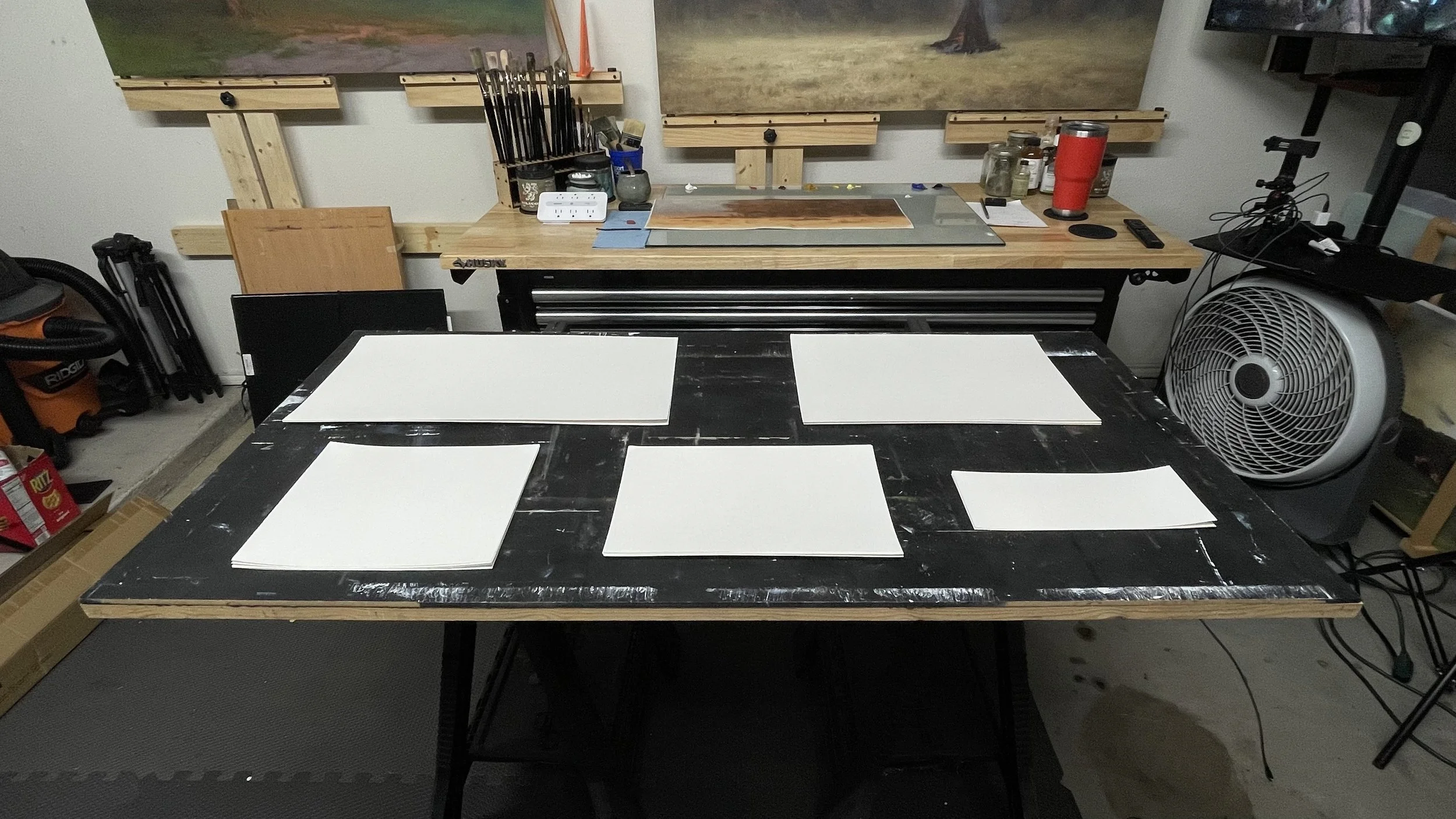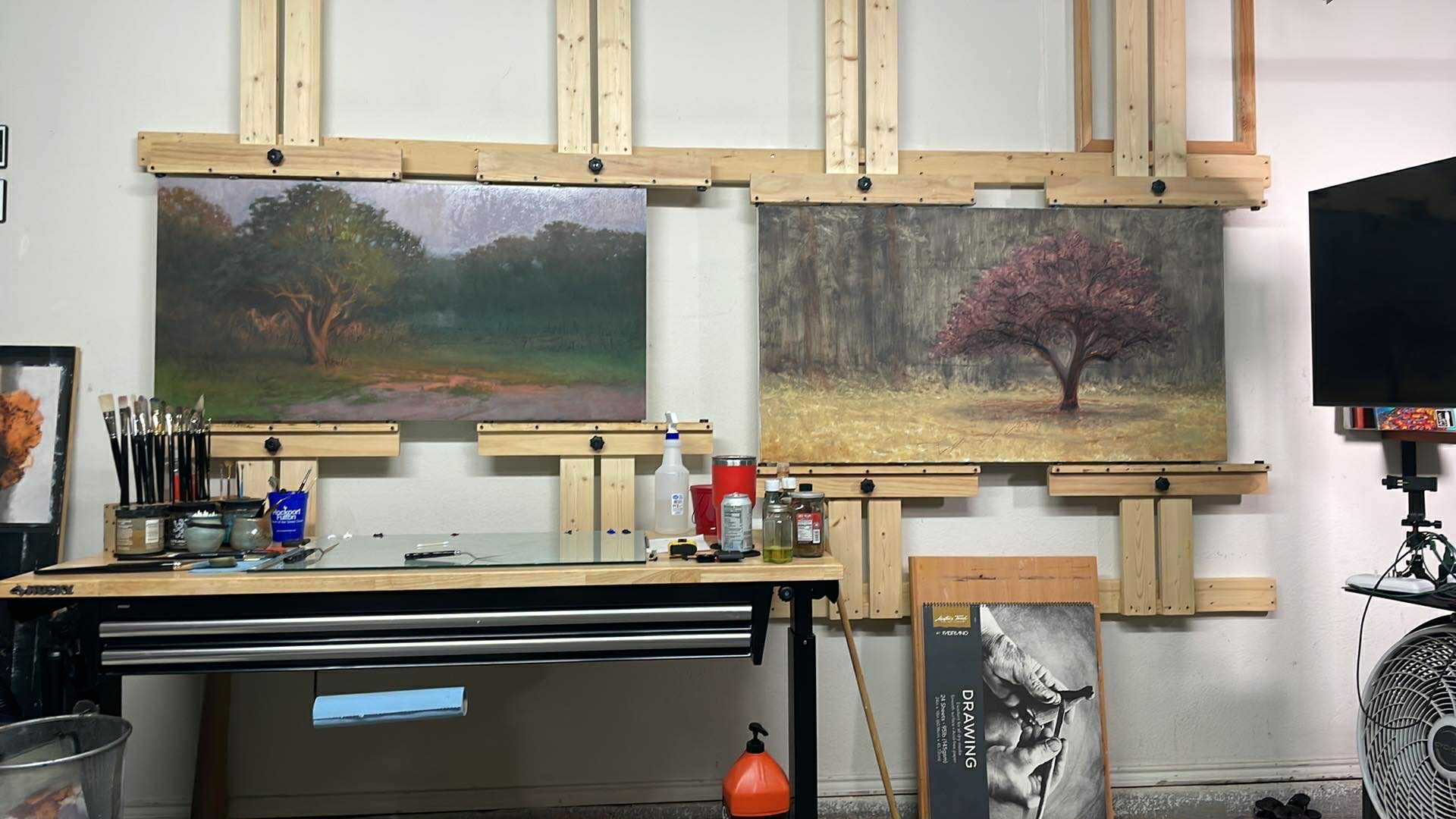“Don’t be afraid, be prepared.” - Frank Wolff, Jungle Cruise
The first time I heard this I was watching the movie with my wife and our children, and as soon as the dialogue was spoken we knew it would become a family maxim. My wife and I looked at each other, both of us encouraged by what we heard, and immediately encouraged our children that that statement would be hugely important for us as a family and as individuals.
Around the same time, I’d been introduced to some much needed formational training for personal and professional growth. I’d been presented with giving myself options to help me choose a better path forward, scheduling my year and breaking it up into 90-day sections, batching various tasks and processes for studio production and administrative needs, new ways to play with my children, and even suggestions to reward myself for a job well done when goals are achieved. What a stout syllabus! All of this instruction remains in-process, but each point has been a fruitful and worthy endeavor.
So…what’s the hitch? This all sounds great, excellent, and, well, commonplace knowledge. And it is. But I needed to refine my focus, and that through a new level of discipline. And I have found that all of these directions are better formed through preparation.
There’s no avoiding hard times, life’s curve balls, or necessary detours. While all of these, and many more subjects aside, are grounds rife for anxiety and fear…preparation has a way of producing confidence and pure devotion instead.
Here are some ways that I’ve implemented preparation in these recent years, a few that I’m trying out, as well as some areas where I need to start preparing. I’ll share them in reverse order.
Actions required:
Cleaning my palette after every session! It saves inordinate amounts of time for the next session.
Batching blogs and social media. This is a time saver practice.
Scheduling designated photography sessions. Gathering references is an incredible practice to allow for more intuitive work.
Scheduling designated modeling sessions. See above.
Costume closet for my model. For those images that require particular design elements and unimaginable details.
Gesture drawings - something I’ve dropped in recent years but need to reapply within my sketchbooks. This type of work helps refine observation skills and build muscle memory.
Master copies. They were masters for several reasons, so gleaning as much information from their work is invaluable.
Processes gaining traction:
Mixing my colors before each painting session. I’ve tried this with mixed success; I’m aware that there are artists who swear by it, but for me it is still a tentative addition to my practice.
Plein air as study - capturing natural colors and tones. It’s just necessary, there’s nothing like direct observation. The amount of information in any given scene is staggering.
Reading about other artists - or reading through their books. Learning from the masters who came before me - no, I’m not qualifying myself as their peer - has been an immensely enriching practice; reading how they arrived at certain conclusions about techniques, styles, color theory and compositional arrangements is invaluable information to consider.
Finding success in the season. This is the newest preparational measure in my retinue, but it has been eye-opening and revitalizing to my goal setting practice. I finally feel like I’m making headway in the vision gifted me.
Trustworthy practices:
Setting a successful schedule and routine. Giving dedicated time, creating particular work in a specially designated,
Taking a sabbath. Taking a day each week to rest from normal/regular work. We can’t function without rest.
Crafting 90 day goals. Breaking up goals in 90 day chunks helps us evaluate our goals, create success metrics for the season of life you’re in, and build up our confidence.
Batching. Sketching ideas, tonal drawings, color studies, ordering materials, material preparation, laying down tonal grounds or painting imprimaturas, layers of colors, etc. All of these have become a means to maximize my time and effort.
Working from complete reference images and color studies. This not only saves time, but gives me a chance to resolve the image on smaller, more easily alterable surfaces before realizing them on their designated plane.
Playing with my materials and technical processes. Discovering what possibilities lie in color combinations, experimental palettes, compositional experiments, and varying brushwork only broadens my communication skills.
Iteration. One of the single greatest tools in my arsenal; trying out various compositions and surface ratios, implementing various color choices and edges affords me an incredible codex of information as well as the chance to create the best [current] version of a painting.
Compositional sketches. Even simple design sketches - think of Piet Mondrian’s “Heaven and Earth” series or architectural gestures - helps me garner the strongest possible image layouts. Strong compositions come from strong drawing skills, which ensures a strong painting.
Sketchbooks for every occasion.You never know when something will catch your attention or an idea will alight your mind.
Cinematic studies. Not merely movie stills - though copying those is like a master study in itself - but studies of moment and composition; developing ways to get the audience’s eyes to move across your pieces.
Museum and gallery visits. See “master studies”; these visits can illuminate our minds to what’s possible, what’s been done (and how often), and catch inspiration from those who walked these paths before us.
Filling my inspirational and intellectual cups. This goes right up there with taking a sabbath, but I wanted to set it here as a reminder: get some rest, refill your cup, and think on noble and beautiful things.
Here’s a glimpse of what’s on deck in the studio. We’re wrapping up the last several large paints I’ve been creating since last October.

